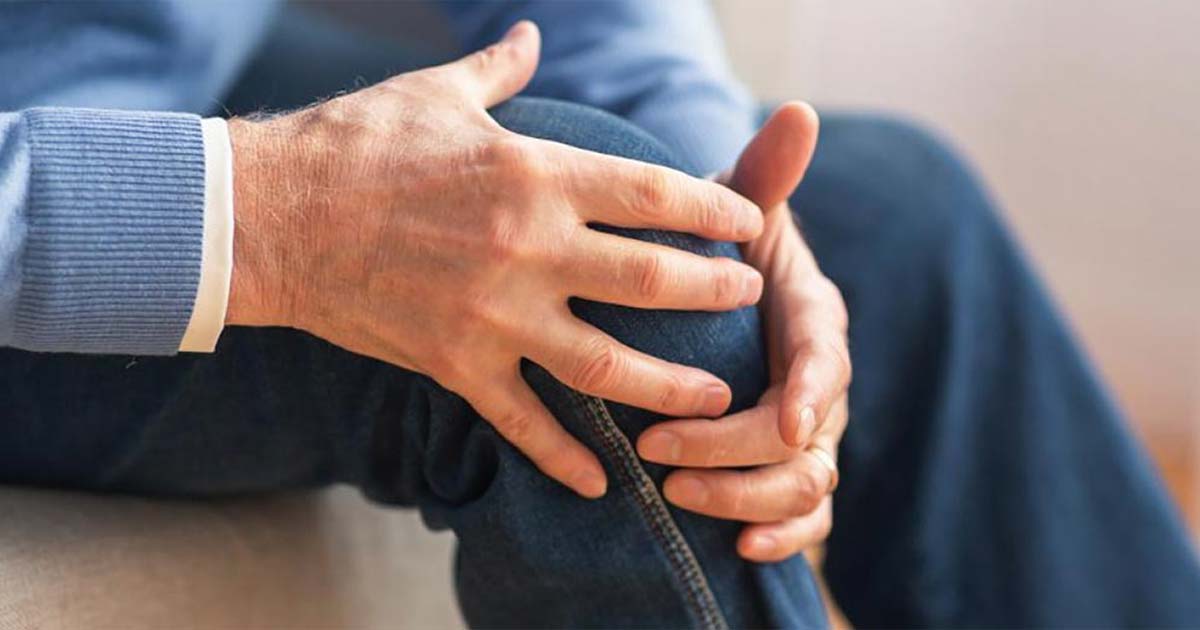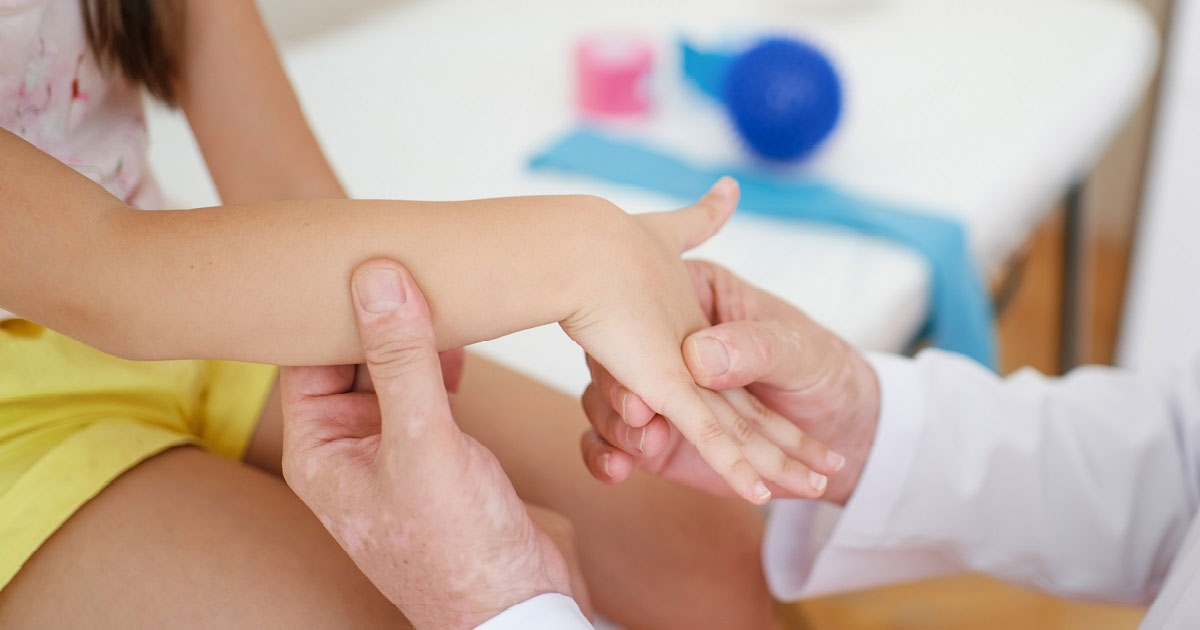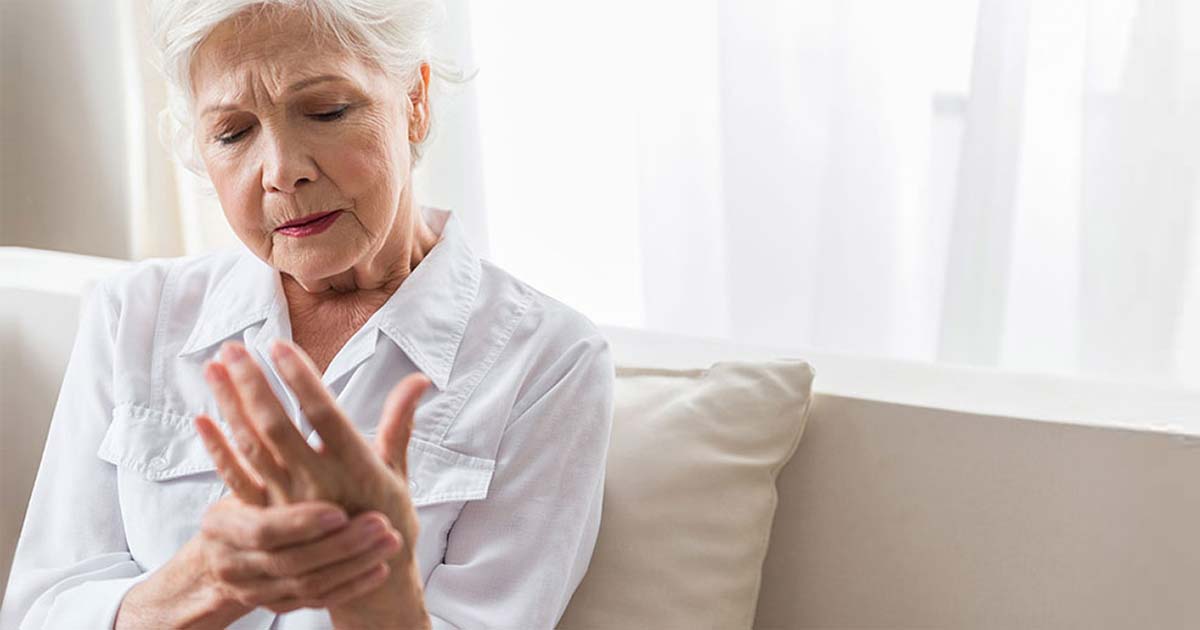10 Tips for Managing Arthritis from Home
Advice to improve your movement, fitness, and overall health from the world's #1 in orthopedics.
Movement is an important part of managing your arthritis. Too much sitting can lead to joint stiffness and muscle weakness. This in turn puts more stress on an arthritic knee or hip, and that can cause more pain.

For those who spend a lot of time sitting, whether it’s at a desk or on the couch, orthopedic surgeon Geoffrey Westrich, MD, has this recommendation: “Get up every half hour and walk around for at least five minutes. It’s good for those who have arthritis to engage in mild exercise or take a walk, if they can.” In addition to helping prevent stiff joints, it can ward off the back pain that comes from sitting.
Here are 10 recommendations from Dr. Westrich on how to manage arthritis pain at home.
- Strengthen the muscles around a painful joint.
Even gentle exercise can strengthen the muscles around an arthritic joint. For example, straight leg raises from a lying down or sitting position are a simple exercise that most people can do to strengthen the muscles around their knee.
- Engage in non-impact cardio.
Avoid cardiovascular exercise that places a lot of stress on your joints. Non-impact options include riding a stationary exercise bicycle and walking.
- Be careful not to overdo physical activity around the house.
The next time you want to go on a cleaning spree or declutter a closet, consider the impact on your joints. Too much bending, kneeling and lifting could make any pain you’re experiencing worse. One workaround is to perform small tasks throughout the week rather than doing it all in one day.
- Make fewer trips up and down the stairs.
If your arthritis is in the knees or hips, be mindful of how you’re moving. If climbing stairs causes you pain, avoid them if you can or take one step at a time.
- Take an over-the-counter pain medication.
If you have a prescription, make sure you follow your doctor’s instructions. Some pain medications can cause stomach or other problems, so if that’s the case for you be sure to speak with your doctor about alternatives.
- Try cold and heat therapy.
Applying both cold and heat to a sore joint can be effective ways to reduce pain. Heat is good to relax the muscles around a joint. If the joint is hot and swollen, opt for a cold pack. Place a cloth or thin towel between the cold pack and your skin.
- Use a mobility aid.
An aid such as a cane, crutch, or even a walker can relieve pressure on your knee or hip. Always use the cane or crutch in the opposite hand of the affected joint. For example, if you have an arthritic right hip or knee, hold the cane or crutch in the left hand.
- Maintain a healthy diet.
Keeping your weight down can decrease the stress on your joints. In fact, activities such as getting in and out of a chair or going up and down the stairs can place approximately five times more body weight across the hip and knee joints. That’s why every pound of weight loss can be helpful when it comes to joint pain – especially when you’re doing those activities that put more force on your knees and hips.
- Remove hazards in your home that could lead to a fall.
Make sure rugs are secured to the floor, maintain good lighting and be careful if you get out of bed in the middle of the night. Grab bars in the bathroom and other devices can make it easier to perform activities of daily living with an arthritic joint.
- Look after your overall well-being.
Try meditation, mindful breathing or progressive relaxation to help relieve stress and feel better.



